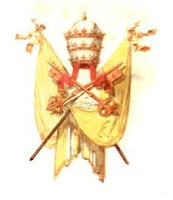
Boardman Robinson (1876-1952), a contemporary Canadian-American artist, was highly regarded for his book illustrations, cartoons, and other artwork, including murals. Some of his notable illustrations include Dostoevsky’s The Brothers Karamazov (Random House, 1933),  The Idiot (Random House, 1933), Shakespeare’s “King Lear” (Limited Editions Club, 1939), Edgar Lee Master’s Spoon River Anthology (Limited Editions Club, 1942), Hermann Melville’s Moby Dick (Limited Editions Club, 1943), and Walt Whitman’s Leaves of Grass (Random House, 1944). Robinson’s murals include the Department of Justice Building in Washington, D.C. (completed 1937), the Rockefeller Center in New York City, Kaufmann’s Department Store in Pittsburg, Pennsylvania (“History of Commerce,” on canvas with automobile paint, 1928-29), and the Fountain Valley School in Colorado Springs, Colorado (completed 1931), the Colorado Springs, Colorado Fine Arts Center (completed 1936), and the Englewood, Colorado Post Office (completed in 1940).
The Idiot (Random House, 1933), Shakespeare’s “King Lear” (Limited Editions Club, 1939), Edgar Lee Master’s Spoon River Anthology (Limited Editions Club, 1942), Hermann Melville’s Moby Dick (Limited Editions Club, 1943), and Walt Whitman’s Leaves of Grass (Random House, 1944). Robinson’s murals include the Department of Justice Building in Washington, D.C. (completed 1937), the Rockefeller Center in New York City, Kaufmann’s Department Store in Pittsburg, Pennsylvania (“History of Commerce,” on canvas with automobile paint, 1928-29), and the Fountain Valley School in Colorado Springs, Colorado (completed 1931), the Colorado Springs, Colorado Fine Arts Center (completed 1936), and the Englewood, Colorado Post Office (completed in 1940).




No comments:
Post a Comment